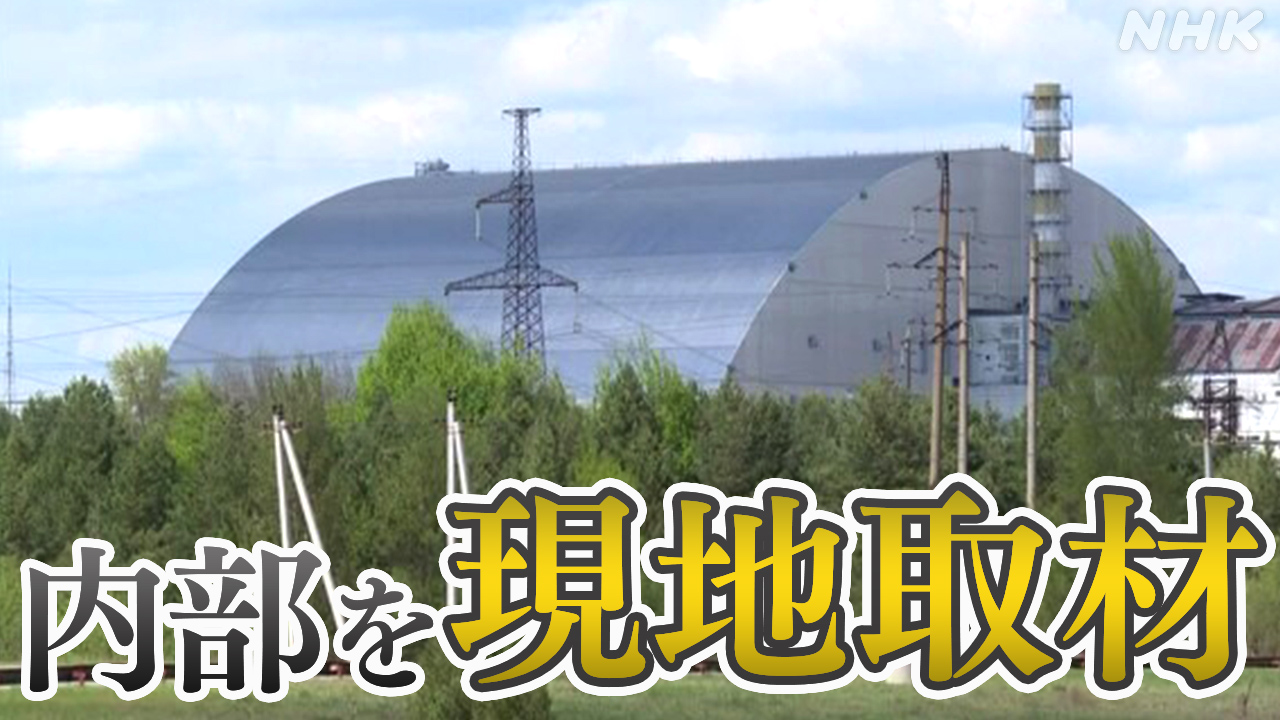Chernobyl: Shelter Damage After Russian Attack Raises Nuclear Safety Concerns
The ongoing conflict in Ukraine has cast a long shadow over the Chernobyl Exclusion Zone, raising serious concerns about the safety of the damaged nuclear power plant. Recent reports indicate that the Chernobyl shelter, a crucial structure protecting the remnants of the 1986 disaster, has sustained damage due to the Russian military's activities. This alarming development necessitates a deeper understanding of the situation and its potential implications for global nuclear safety.
The Extent of the Damage
While the full extent of the damage to the Chernobyl shelter remains unclear due to limited access and ongoing conflict, initial reports paint a concerning picture. Several sources suggest that the structure has sustained significant damage, potentially compromising its ability to contain radioactive materials. This is particularly worrying given the lingering radiation within the Exclusion Zone. Specific details regarding the type and severity of the damage are still emerging, as independent verification is difficult in the current volatile environment.
Key Concerns:
- Compromised Containment: Damage to the shelter could lead to a release of radioactive materials into the environment, posing a significant threat to human health and the ecosystem.
- Access Restrictions: The ongoing conflict hinders access for experts to fully assess the damage and implement necessary repairs, delaying critical safety measures.
- Long-term Impact: Even minor damage could have long-term consequences, potentially impacting the stability of the structure and increasing the risk of future incidents.
- Data Gaps: The lack of transparent and readily available information from the conflict zone makes it challenging to accurately gauge the situation and plan effective responses.
International Response and Concerns
The reports of damage to the Chernobyl shelter have sparked international outrage and concern. International organizations, including the International Atomic Energy Agency (IAEA), have expressed serious apprehension about the potential consequences of the damage and the lack of access for proper assessment. The IAEA has repeatedly called for unimpeded access to the site for safety inspections and repairs.
IAEA's Role:
The IAEA's role is crucial in monitoring the situation and coordinating international efforts to ensure the safety of the Chernobyl site. Their ability to access and assess the situation is vital to understanding the potential risks and mitigating them. You can find the latest updates on their website:
The Historical Significance of Chernobyl
The Chernobyl disaster of 1986 remains one of the worst nuclear accidents in history. The resulting radioactive fallout contaminated a vast area, forcing the evacuation of thousands and leaving a lasting impact on the environment and human health. The shelter over the destroyed reactor is a critical component in preventing further release of radioactive materials.
Looking Ahead: Addressing the Challenges
The situation at Chernobyl highlights the fragility of nuclear safety in times of conflict. International cooperation and transparency are paramount in addressing the immediate challenges and preventing future incidents. The world needs to work together to ensure that the damaged shelter is properly assessed, repaired, and secured to prevent further catastrophe. Continued monitoring and open communication about the situation are vital to maintaining global nuclear safety.
Keywords: Chernobyl, Chernobyl Exclusion Zone, Russia Ukraine War, Nuclear Safety, Radioactive Materials, IAEA, International Atomic Energy Agency, Shelter Damage, Nuclear Accident, 1986 Chernobyl Disaster, Ukraine Conflict
Call to Action: Stay informed about the latest developments at Chernobyl by following reputable news sources and the IAEA's official statements. Your awareness can help raise global attention to this critical issue.
